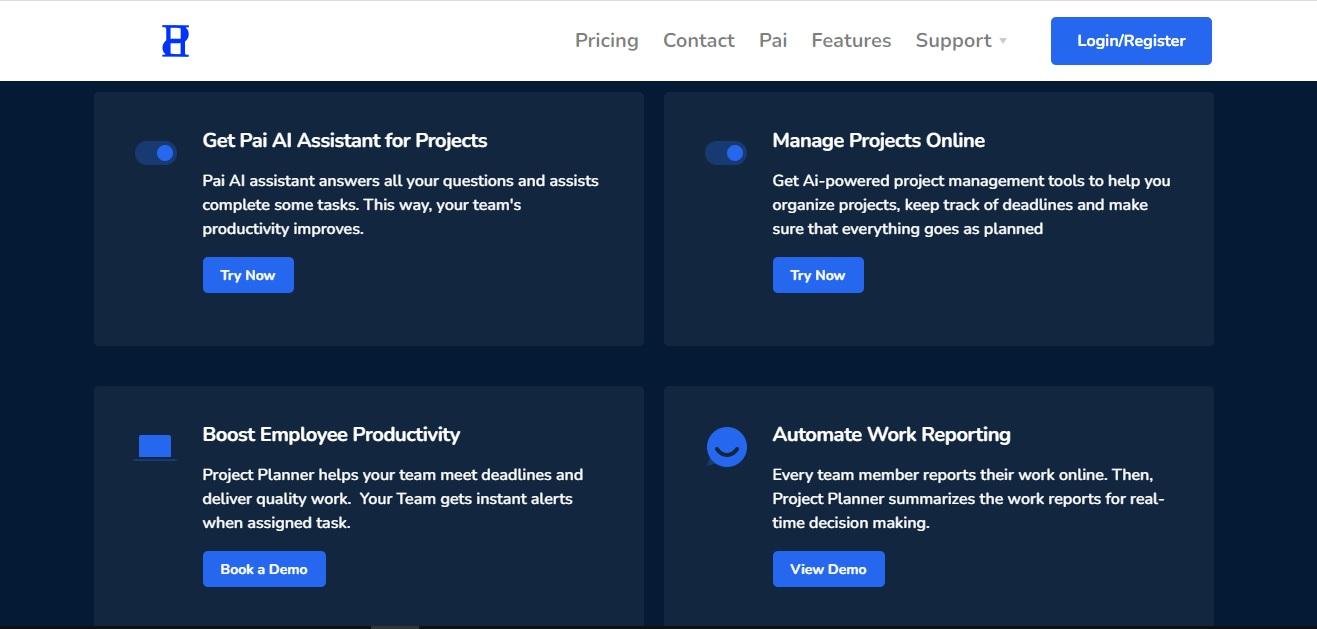When you think about it, most of us are involved in at least one project from time to time. Whether it’s a small assignment at work or a larger one that you’ve been working on for months, projects are a part of our lives. Project management is essential for any project, big or small. But managing a project can be difficult—especially when you don’t have all the right tools at your disposal. Luckily, there are some great online tools that make project management much easier. In this article, we’re going to take a look at seven of the best Online Project Management Tools and how they can help you get your projects done efficiently and on time.
What is project management?
Project management is the process of planning, organizing, and executing a project. It includes setting goals, developing a project plan, assigning tasks and responsibilities, monitoring progress, and closing the project.
There are many Online Project Management Software that can help you manage your projects. Some popular tools include Microsoft Project, Trello, Asana, Basecamp, and PlanMaker. You can find more information about these tools on their websites or in user manuals.
Some tips for using these tools include creating a project plan early on in the project so everyone knows what needs to be done and who is responsible for doing it; using Due Dates and Milestones to track progress; using feedback loops to ensure that everyone knows how their work is affecting the overall project; and keeping a log of what was done and when so you can reconstruct the project timeline if necessary.
The different types of project management
Project management is a process that helps you stay organized and on track when working on a project. There are many different types of project management, and each has its own advantages and disadvantages. This article will outline the most common types of project management and their benefits.
The classic waterfall model is the most traditional type of project management. It involves sequentially planning, executing, monitoring and controlling a project. Waterfall models are linear, which can make them difficult to adapt to changing circumstances or new ideas. They also tend to be time-consuming and expensive to implement.
The agile model is more flexible than the classic waterfall model. It allows for rapid decision making and adaptation to changing circumstances. However, it can be harder to manage because it relies on iterative processes instead of a sequence of progressions. Agile projects are also more likely to fail if not executed correctly.
The componentization model is another more flexible type of project management that focuses on breaking down large projects into smaller, manageable pieces. This allows for faster feedback and better communication between team members. However, componentizing a project can lead to duplicate effort and complexity in the overall process.
The scrum model is another agile-based approach that focuses on creating short episodes called sprints throughout the development process. Sprints allow for continuous integration and testing along with quick resolution of problems. However, scrums are often criticized for being too chaotic and intense, which can disrupt team productivity .
The kan
The five steps of project management
- Define the project objectives
2. Identify the resources required to complete the project
3. Plan and organize the project
4. Execute the project
5. Monitor and review the project
Common project management tools
When it comes to managing your projects, there are a number of online tools that can help. Here are a few of our favorite:
1. Google Docs - One of the most commonly used tools for coordinating and sharing project information is Google Docs. This free service allows you to create and edit documents online, which makes it great for team collaboration. You can also save your documents as PDFs or Word files for easy printing and storage.
2. Trello - Another great tool for coordinating project progress is Trello. This visual task management system lets you group related tasks together so that everything is easily visible and manageable. You can add notes and photos to tasks, which makes tracking progress a breeze. Plus, Trello keeps track of due dates so that you know when projects need to be completed.
3. Asana - Asana is another popular online project management tool that offers several advantages over other options. For example, Asana allows you to manage projects with multiple teams simultaneously, which can make coordination easier than using separate tools for each team member. Additionally, Asana provides real-time updates on project progress so you always know what's happening down the line.
4. Basecamp - If you're looking for an all-in-one platform that offers more features than some of the other options listed here, Basecamp may be the perfect choice for you. This software includes features such as task management, file sharing, communication tools,
Conclusion
Managing a project can be daunting, but with the right tools at your disposal, it can be a lot easier. In this article, we have listed seven of the best online project management tools to help you get organized and stay on track. We hope that our list has helped you find the perfect tool for your needs and that you will be able to successfully complete your next project!
